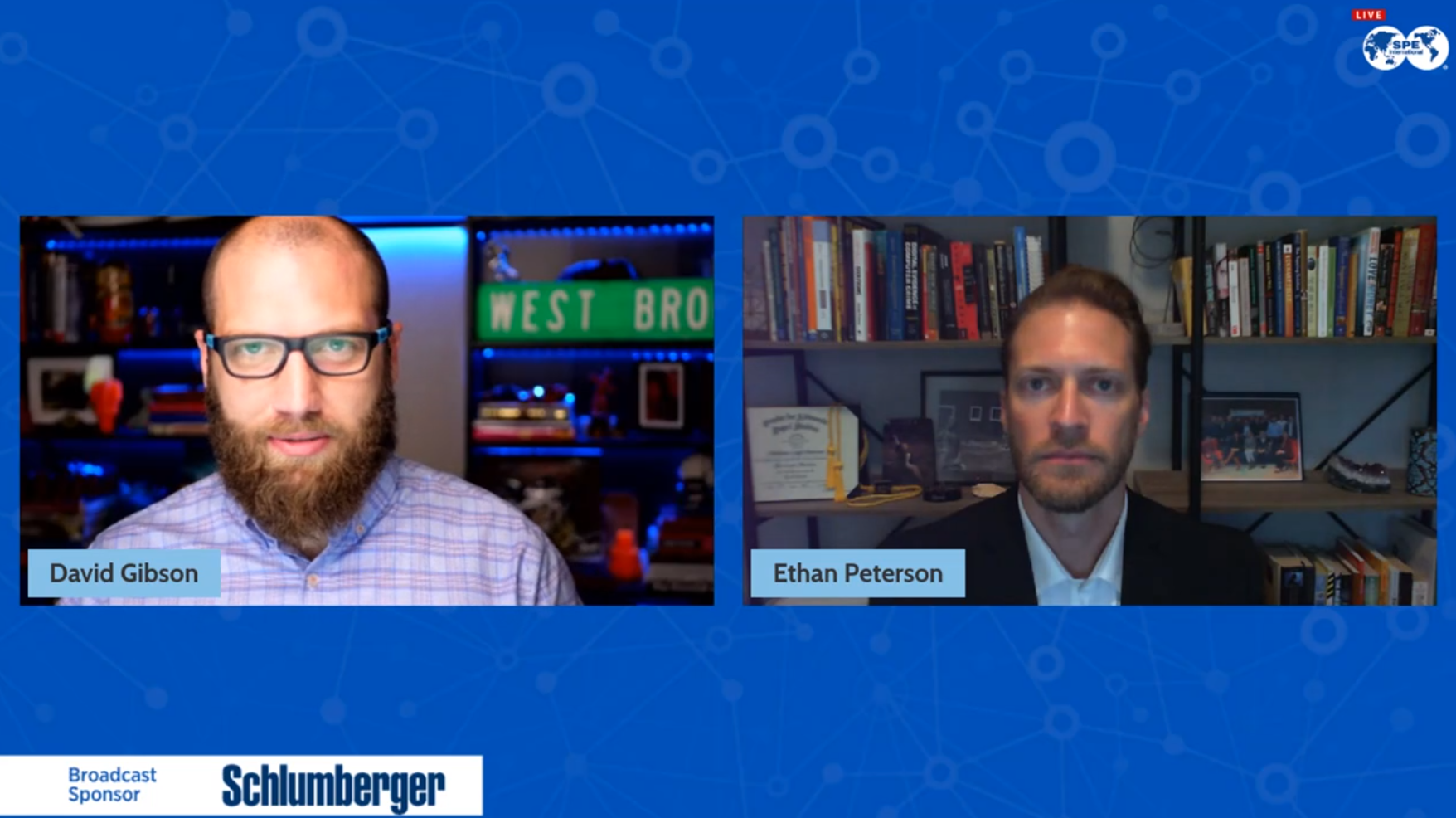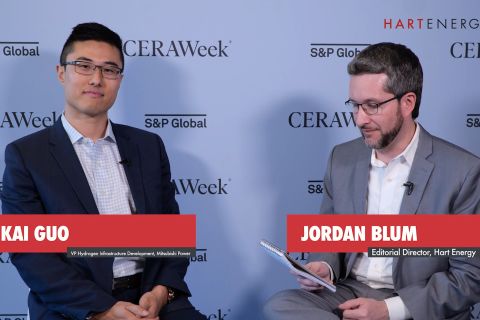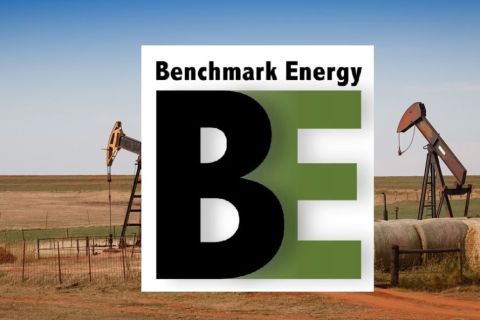Presented by:

This article appears in the E&P newsletter. Subscribe to the E&P newsletter here.
Managing drilling fluids is a complex task that requires proper management and technologies. With all the data that need to be collected and interpreted from the well site, operators need automation and remote technology that will keep everything organized and increase efficiency while cutting costs.
Schlumberger’s Drilling Fluids Advisor software “brings together the rig site, optimized processes and roles in town, and unprecedented collaboration with customers,” according to the company's website.
In the recent SPE "Tech Talks: Advancing Digital Performance with Drilling Fluids" webinar, Ethan Peterson, Schlumberger's digital product champion, explained how the Drilling Fluids Advisor is changing the management of drilling fluids by organizing the various tasks specialists need to complete, such as calculating and interpreting measurements.
“There’s a lot of interpretation and manual measurements that are going on during these situations that can vary a lot between drilling fluids specialists ... it becomes quite a task to manage all these things at once,” Peterson said. “As we start looking now at digital and automation, it really opens up the scope there to say what can we take off their plate, what can start standardizing, what we can we start doing to help them out, to ease their job and to make sure that we have the highest quality drilling fluid at all times on every project.”
Peterson said the software offers additional value when the data are brought back to the remote operations center and their experts—"who have drilled in that area" and "know these placed like the back of their hands"— can collaborate with drilling and measurements.
“We can start seeing this greater value coming from algorithms and the data correlation and processing and health monitoring that we just didn’t have before," he continued. Whereas before, he said, someone might question, "Should I be doing this move? Should I not be doing this move?’”

Need for remote operations
According to Peterson, motivation to tackle the issue of managing drilling fluids more efficiently stemmed from client demand in the wake of COVID-19 shutdowns. The system would help reduce costs and safety by keeping fewer people on the work sites.
“With the onset of COVID and working from home, this not only became something where we could start reducing the cost at the well site by moving someone to town and even expanding the expertise of the people that we’re getting by moving it to town with our best drilling fluids specialist,” he said. “But it’s become a requirement for HSE in order to keep people off of the well site [and] keep people from having to travel back and forth to avoid the spread of COVID-19.”
Since employing the system, drilling fluids specialists have been increasingly able to grow their level of expertise in the field.
“The amount of problems and coaching that’s involved in some of these remote operations really enhances our ability to focus on things and learn and increase our knowledge base from some newer drilling fluids specialists or subject matter experts,” Peterson said. “It really enhances the ability of how experts look at everything at once because we’re human; sometimes things slip through, sometimes you don’t notice something, and this really fixes that. It allows you to be laser focused on a particular task because you’re going to be warned if something starts to head a little bit on specification or whatever that well needs.”
There are some things that people are able to pick up better than software, and Schlumberger is working to increase productivity of in-person drive-bys and 24/7 monitoring.
“If you have a drive-by person, that person will not be able to do the same things he would normally be able to do in person,” Peterson said. “But that’s when you can start bringing more value, so can you have more analysis on that drive-by job with people on a 24-hour basis. Now you’re monitoring it constantly and having people take a look at it for the same cost that you would get off of someone showing up at the well site for maybe four hours or less, depending on how many rigs he needs to hit that day.”
Recommended Reading
EIA: Permian, Bakken Associated Gas Growth Pressures NatGas Producers
2024-04-18 - Near-record associated gas volumes from U.S. oil basins continue to put pressure on dry gas producers, which are curtailing output and cutting rigs.
Exclusive: Mitsubishi Power Plans Hydrogen for the Long Haul
2024-04-17 - Mitsubishi Power is looking at a "realistic timeline" as the company scales projects centered around the "versatile molecule," Kai Guo, the vice president of hydrogen infrastructure development for Mitsubishi Power, told Hart Energy's Jordan Blum at CERAWeek by S&P Global.
Benchmark Closes Anadarko Deal, Hunts for More M&A
2024-04-17 - Benchmark Energy II closed a $145 million acquisition of western Anadarko Basin assets—and the company is hunting for more low-decline, mature assets to acquire.
US Orders Most Companies to Wind Down Operations in Venezuela by May
2024-04-17 - The U.S. Office of Foreign Assets Control issued a new license related to Venezuela that gives companies until the end of May to wind down operations following a lack of progress on national elections.
Google Exec: More Collaboration Needed for Clean Power
2024-04-17 - Tech giant Google has partnered with its peers and several renewable energy companies, including startups, to ramp up the presence of renewables on the grid.





